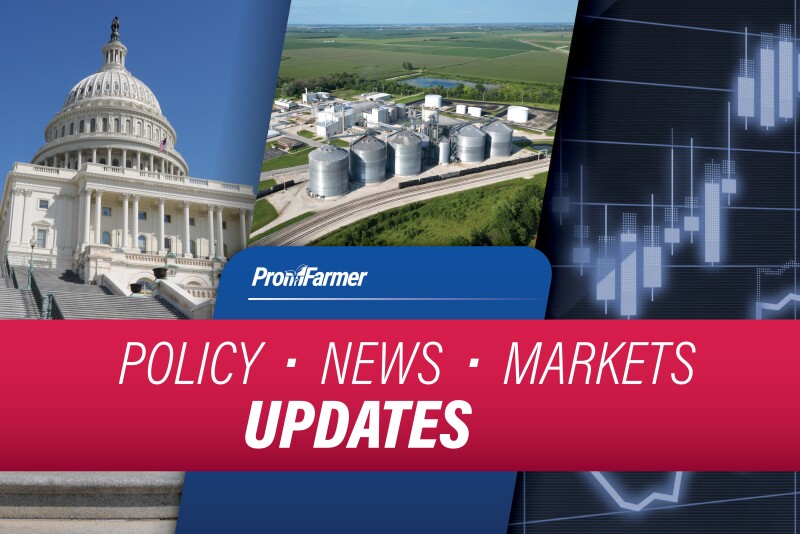New report shows declines in agricultural productivity growth (Agri-Pulse): Virginia Tech’s 2025 Global Agricultural Productivity Report concludes that the pace of agricultural productivity growth has sharply decelerated, especially in the United States, where it has actually become negative over the last ten years. This decline is a major concern because global agricultural demand—driven by increasing populations, rising incomes, and the expansion of non-food uses like biofuels—is expected to grow by approximately 1% every year through 2031.
To meet this rising demand sustainably, without further expanding agriculture’s environmental or geographical impact beyond 2010 levels, the report estimates a required annual productivity growth rate of 1.73% to 2%. The current global growth rate of 0.76% falls drastically short of this necessary target.
The report’s authors suggest the main culprits for this slowdown are a decrease in government-funded research and development and what they call a “valley of death”—the failure to successfully transfer and widely implement new technologies from the lab to the field.
However, the discussion at the report’s release included alternative perspectives:
- Market Concentration as a Barrier: Iowa farmer Benjamin Riensche offered a harsh critique, pointing to the high concentration of market power among the handful of companies that control farm inputs (equipment, seed/germplasm, and fertilizer). He argued this lack of competition removes the incentive for companies to innovate, as they profit more by maximizing sales from their current offerings rather than introducing new products that might displace them.
- Adoption and Economics: Representatives from input companies, while confirming their multi-billion-dollar R&D investments, redirected the focus to the farmer. They noted that many proven technologies, such as variable rate application methods, have seen low adoption rates—used by less than half of all farmers—despite being available for decades. This challenge is compounded by current financial realities, as low profit margins have put farmers in a “defensive mode,” making them reluctant to fund the expensive capital investments required to adopt new, productivity-boosting practices.
- Market Concentration as a Barrier: Iowa farmer Benjamin Riensche offered a harsh critique, pointing to the high concentration of market power among the handful of companies that control farm inputs (equipment, seed/germplasm, and fertilizer). He argued this lack of competition removes the incentive for companies to innovate, as they profit more by maximizing sales from their current offerings rather than introducing new products that might displace them.
Policy Updates: Agricultural productivity growth is slowing, according to new report
Released yesterday, Virginia Tech’s 2025 Global Agricultural Productivity Report reveals concerning trends in agricultural productivity, especially in the United States.

(Lindsey Pound)
